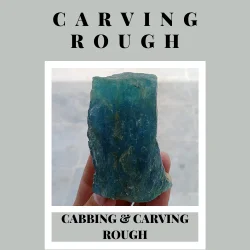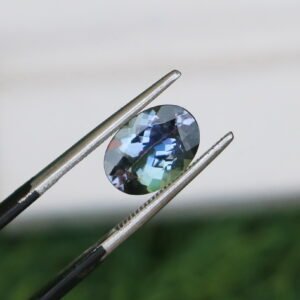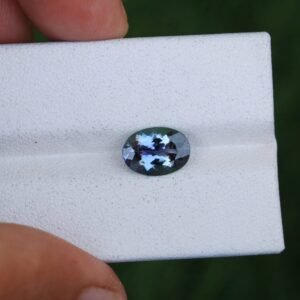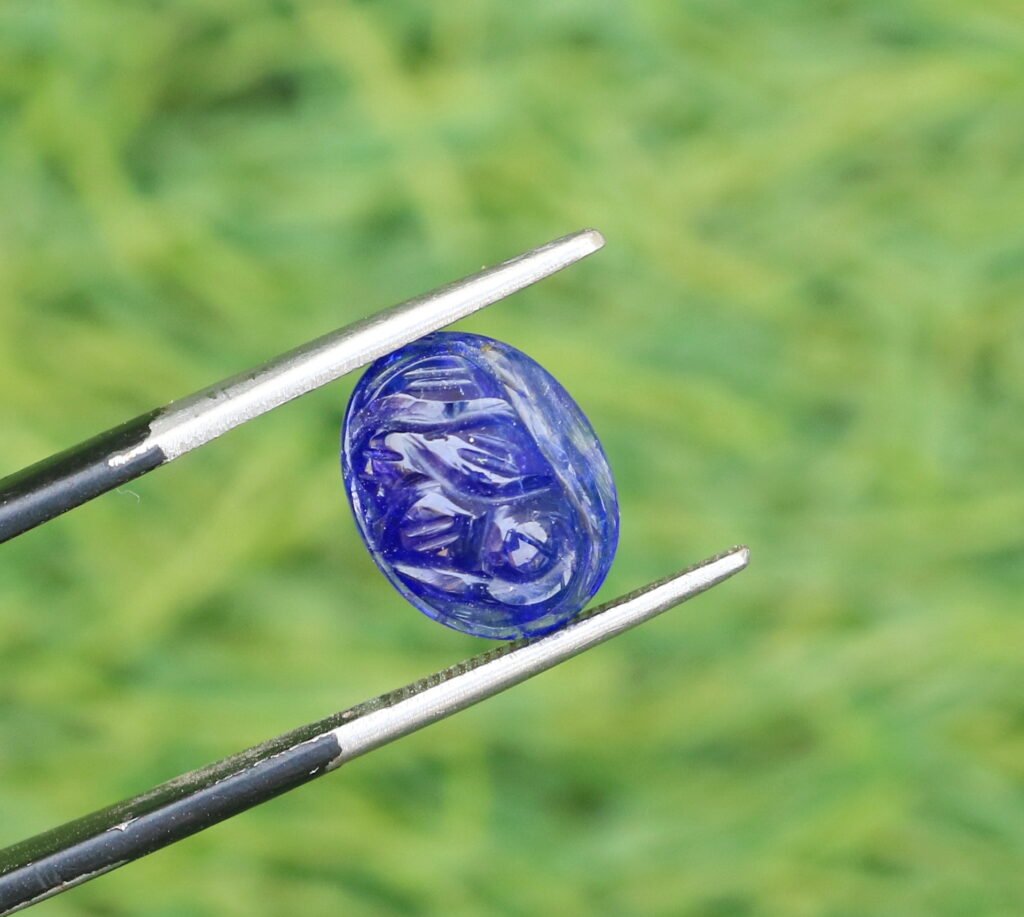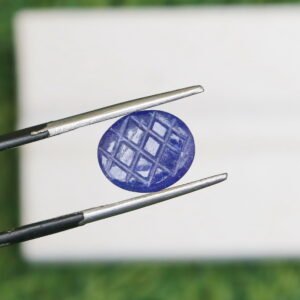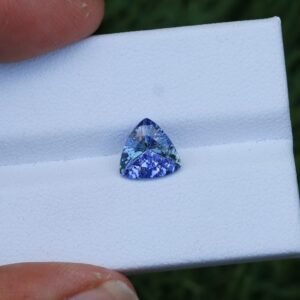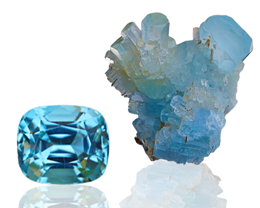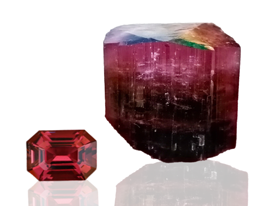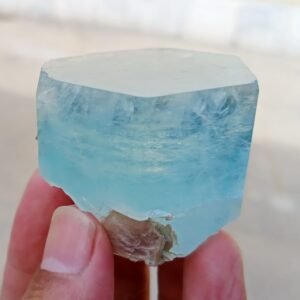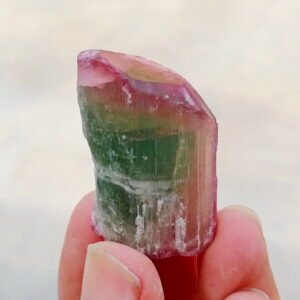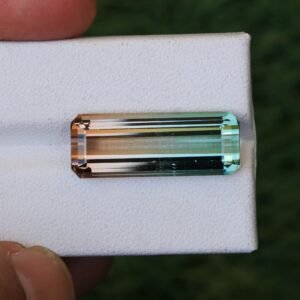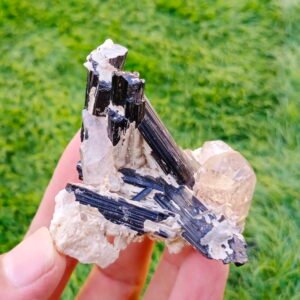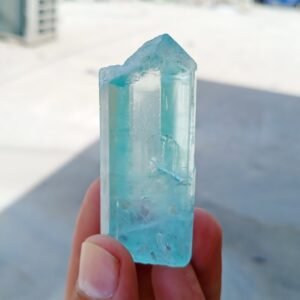Welcome to Bid4rockgems! A Market Place of Gems Industry!
0
$0.00
0
Shopping cart (0)
Subtotal: $0.00
Spend to get free shipping
Congratulations! You've got free shipping.
- Free Shipping
- Facet Rough

Wholesale Rough & Specimens

Wholesale Gemstones Lots (10)

Wholesale Cabochons & Beads
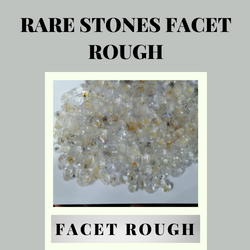
Wholesale Jewelry & Handicrafts
- Faceted Gemstones

CERTIFIED GEMSTONE (1)
- Mineral Specimens

PRECIOUS MINERAL SPECIMENS (1)

SEMI-PRECIOUS MINERAL SPECIMENS (1)
- Cabbing & Carving Rough
- Cabochons Beads & Carvings
- Jewelry & Handicraft
- wholesale Lots
- New category
- Show more
- All Other Certified Gemstone
- All Tanzanite

Perfect yourself style
- Certified Gemstone
- Faceted Gemstones

- All Sapphire
0
$0.00
0
Shopping cart (0)
Subtotal: $0.00
Spend to get free shipping
Congratulations! You've got free shipping.

Find Exactly What You Need
Bid4rockgems is World’s largest online marketplace connecting buyers with suppliers.
Bi Color Tourmaline ...
Weight 19.00 Cts Dimensions 18x14x8 mm Size Cabinet Quality Normal Locality Africa
Add to cart
Bi Color Tourmaline ...
The stone was first discovered by Dutch traders off the West Coast of Italy in the late 1600's or early 1700's. The name tourmaline comes from the Sinhalese term “turmali,” which was the name given to all colored crystals on the island of Sri Lanka at that time. This all inclusive name indicates the inability of ancient gem dealers to differentiate tourmaline from other stones. In fact, at one time in history, pink and red tourmaline were thought to be rubies.
Add to cart
Black Tourmaline Var...
The stone was first discovered by Dutch traders off the West Coast of Italy in the late 1600's or early 1700's. The name tourmaline comes from the Sinhalese term “turmali,” which was the name given to all colored crystals on the island of Sri Lanka at that time. This all inclusive name indicates the inability of ancient gem dealers to differentiate tourmaline from other stones. In fact, at one time in history, pink and red tourmaline were thought to be rubies.
Add to cart
Blue Cap Green Tourm...
The stone was first discovered by Dutch traders off the West Coast of Italy in the late 1600's or early 1700's. The name tourmaline comes from the Sinhalese term “turmali,” which was the name given to all colored crystals on the island of Sri Lanka at that time. This all inclusive name indicates the inability of ancient gem dealers to differentiate tourmaline from other stones. In fact, at one time in history, pink and red tourmaline were thought to be rubies.
Add to cart
Product categories
- Afghanite Gemstone (0)
- All Amethyst (7)
- All Apatite (3)
- All aquamarines (57)
- All Brucite (1)
- All Diopside (8)
- All Emeralds (3)
- all Epidote (1)
- All Fluorite (1)
- All Garnet (14)
- All Grandidierite (6)
- All Heliodor (13)
- All Hematite (1)
- All Kunzite (11)
- All Morganite (8)
- All Other Rare Gemstone (0)
- All Peridot (9)
- All Ruby (4)
- All Sapphire (3)
- All Sphene (6)
- All Spinel (30)
- All Tanzanite (17)
- All Topaz (8)
- All Tourmaline (55)
- All Vanadinite (2)
- Apparels (0)
- Fashion (0)
- Automation (0)
- Beauty (0)
- Cabbing & Carving Rough (0)
- Cabochons Beads & Carvings (1)
- Cabochons (1)
- Cameras (0)
- Children (0)
- Clothings (0)
- Computer (0)
- Electronics (0)
- Console (0)
- Facet Rough (4)
- Faceted Gemstones (157)
- Certified Gemstone (95)
- Semi Precious Gemstones (62)
- All Other Semi Precious Gemstone (10)
- Aquamarine Gemstone (12)
- Kunzite Gemstone (4)
- Tourmaline Gemstone (36)
- Free Shipping (0)
- Cabochons & Beads (FS) (0)
- Beads (FS) (0)
- All Other Beads (1) (0)
- Quartz Beads (0)
- Tourmaline Beads (0)
- Cabochons (FS) (0)
- Beads (FS) (0)
- Gemstones (FS) (0)
- Jewelry & Handicrafts (FS) (0)
- Rough & Specimens (0)
- Cabochons & Beads (FS) (0)
- Furniture (0)
- Furniture Set (0)
- Gaming Console (0)
- Gedgets (0)
- Groceries (0)
- Jewelry & Handicraft (3)
- Kitchen (0)
- Medical Items (0)
- Mineral Specimens (105)
- Mobile & Tablet (0)
- New category (1)
- New category here (1)
- Test Product (1)
- New category here (1)
- PC & Laptop (0)
- Rare Gemstone (0)
- Sale (0)
- Speakers (0)
- Sport (0)
- Tantalite Gemstone (0)
- TV & Monitor (0)
- Uncategorized (1)
- wholesale Lots (10)










